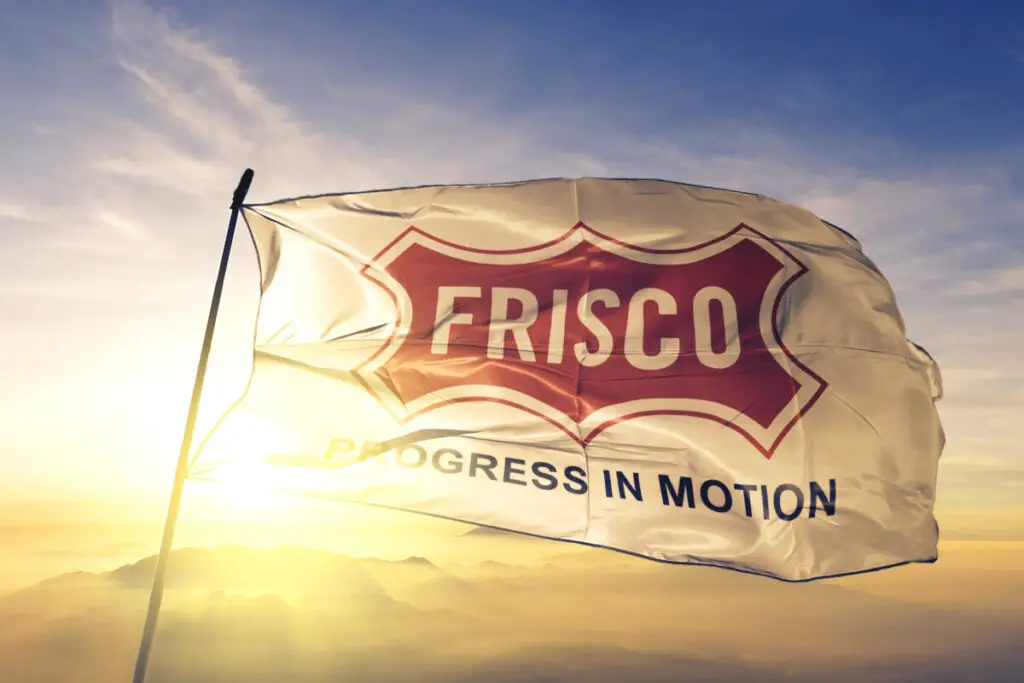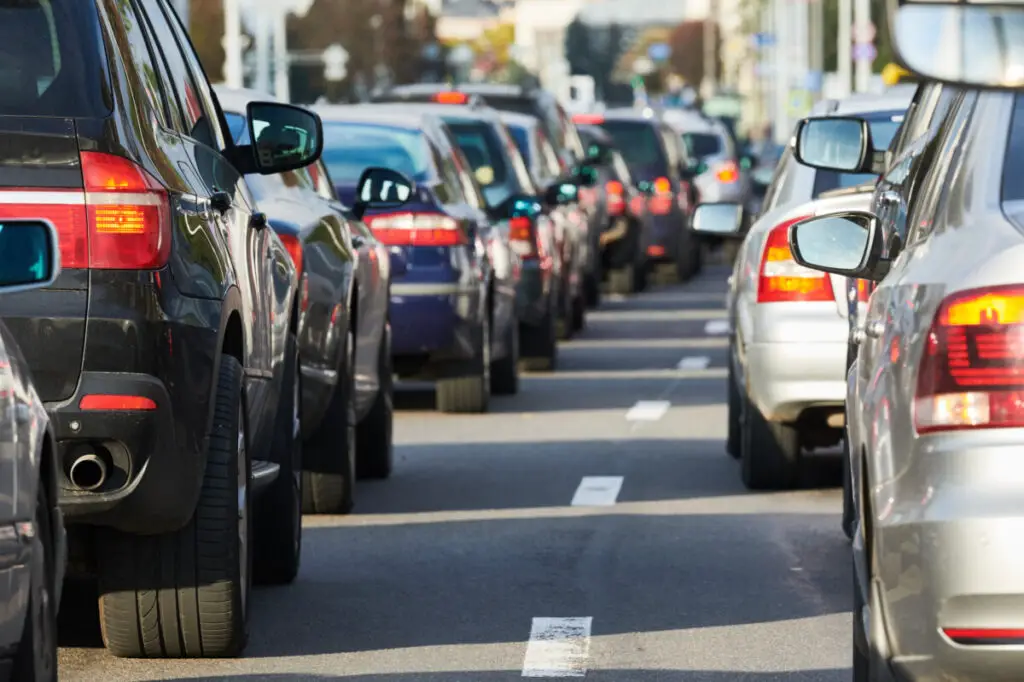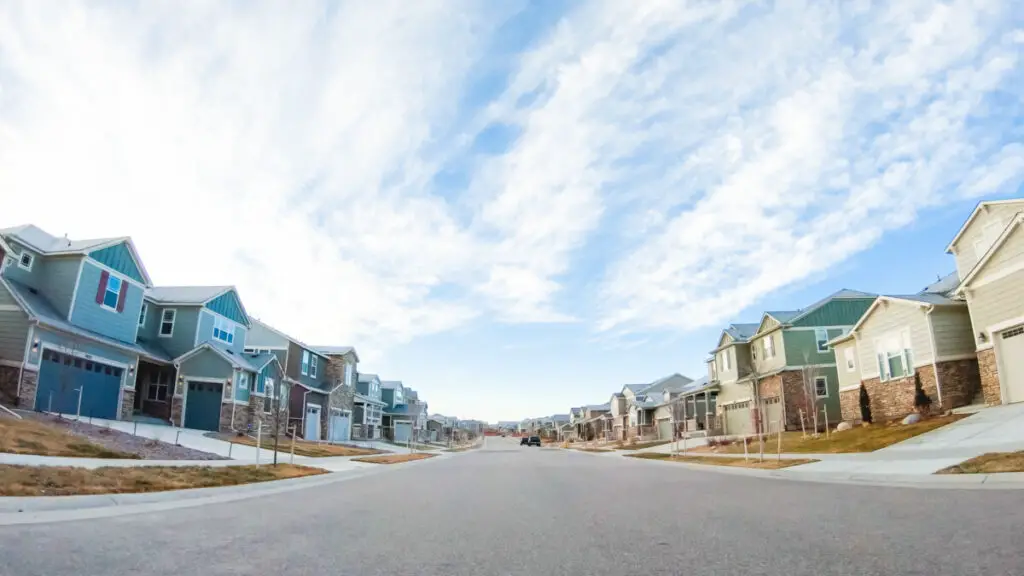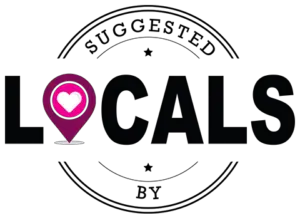
Friso, Texas is a city located just north of Dallas and was named the fastest growing city in 2020 by the U.S. Census Bureau. People are flocking to Frisco because of the family-friendly and small-town feel while still being close to a major metropolitan area. It was also voted by Money Magazine as one of the best places to live in the United States, but it isn’t the perfect dreamland.
While Frisco, Texas has been rapidly growing, there are many negative things about the area. Some reasons to not live in Frisco include the high cost of living, elevated property tax, extreme weather, dense traffic, location, political homogeneity, HOAs, and small yards.
Understanding the pros and cons of this area will help you decide if Frisco is the right place for you.
High Cost of Living
Many relocate to Frisco imagining a remote suburb where you can buy a brand new 4,000-square-foot home for under $300,000. While this may have been true 20 years ago, this is no longer the case. While Frisco has the feel of a suburban area, it truly is a major city.
The median home price in Frisco is around $509,200. Brand new construction averages around $600,000. Older construction might be around $300,000, but even this is rare.
Realtors remind clients that Frisco is a hot market, so one can expect to pay above the asking price, and bidding wars are common. Clients are paying above asking for all price points.
Apart from the cost of homes, the cost of living index is 120 which is 20 points higher than the national average.
The table below rates living costs individually. An amount below 100 means Frisco is cheaper than the US average. A cost of living index above 100 means Frisco, Texas is more expensive.
| Cost of Living | Frisco | Texas | USA |
| Grocery | 104.4 | 93.7 | 100 |
| Health | 96.4 | 95.4 | 100 |
| Housing | 175 | 84.3 | 100 |
| Median Home Cost | $509,200 | $243,600 | $291,700 |
| Utilities | 99.9 | 99.2 | 100 |
| Transportation | 92.8 | 103.3 | 100 |
| Miscellaneous | 92.2 | 96.4 | 100 |
Construction Time
If you are looking to live in a brand new home, and hoping for it to be done in under a year, Frisco is not the right choice. While there is plenty of new development and construction, construction on new homes can drag on for months and often run behind schedule.
Developers often make promises on large communities with rec centers and other HOA amenities, but be aware, that when living in a new development, it may be years before these amenities are available for use.
High Property Tax
Property tax in North Texas typically ranges from 2-3% and just over 2% in Frisco which is higher than the national average of .73%. This means that on a $500,000 home, you would be paying at least $10,000 in property tax alone. It is reported that property taxes made up about 24 percent of Frisco homeowner costs in 2017. Additionally, sales tax is 6.25%.
Some reasons for the high property tax are:
- No personal income tax in Texas.
- Local authorities establish property tax rates for each county.
- Appraisal values increasing.
Counties rely heavily on property tax to fund the growing infrastructure. This is crucial to keep in mind when looking for homes in the area. Many homeowners are shocked to receive their tax bills if they aren’t prepared.
Extreme Weather
Most people know that Texas is hot, but they don’t know just how hot. The average temperature in August is 95˚F in August and frequently reaches above 100˚F during the summer. The Summers are prolonged and the Winters are very short.
Additionally, the heat is humid, so it can feel very muggy at times. Not only is this uncomfortable, but it can cause mold issues and food goes stale quickly.
Texas gets some intense rainstorms that can cause minor flooding and even hail storms that damage cars and homes. Tornadoes are common in the area as well.

Traffic
Frisco, Texas experienced a population boom within 10 years, and the population continues to steadily rise. 20 years ago, Frisco was hardly a dot on the map and no one but a few farmers lived there. Infrastructure wasn’t put in place fast enough to support the growth. With 280,000 residents, you can expect a bit of traffic.
Traffic in Frisco is typically related to construction so you may have to take detours. A drive to the supermarket or school will be at least 20 minutes even if it is just a few miles away.
Dense Population
When people think of the suburbs they may not think of a major city. You will find that you can drive for a half-hour winding through the vast suburban neighborhoods, but the second you pop out onto the main road, you are just minutes away from shopping malls, any restaurant you can think of, spaghetti bowl freeways, and of course, traffic.
With 280,000 people (and plenty of room to grow), Frisco will most likely not feel like the suburbs to you. It has the feel of a city, and it is easy to feel like people are on top of each other.
Speaking of growth, Legacy West Land Development just broke ground on their 2,500-acre space which will eventually become an entirely new community that will be 70% residential and 30% commercial. This is a massive project that will span 20 years and cost over 10 billion dollars.
If this doesn’t appeal to you, Frisco isn’t the home for you.
Location
If you plan on spending a lot of time in Dallas for work or recreation, you will find that the drive is a bit long. The commute to Downtown Dallas is 40 minutes without traffic. If you have to be at work at 9 am, it wouldn’t be unreasonable to leave as early as 7 am.
Residents are saying that since many employees have returned back to work after COVID-19, the traffic has significantly increased. Highway construction is being done to allow for more routes and larger roadways, but for the time being, this has only added to the congestion.
Competitive Schools
Frisco is in the top 5% for test scores in the state of Texas and has some of the best sports teams. For this reason, it can be very difficult to rank in academics on the honor roll. Sports teams and other extracurricular activities may be very competitive for a spot on the team, and even more competitive to receive recognition.
Students who were top academic or athletic performers in their previous school may find that they are below average in Frisco schools. Students who move to Frisco as high schoolers may discover that they are behind in academics or extracurricular skills, and may find it difficult to catch up.
The most popular sports like football will have extensive requirements to get on the team and students will have to be playing at a fairly high level to make the team. This results in many backup teams (A, B, C team) for sports and even for activities like marching band, not all students may be able to participate.
Political Homogeneity
All of North Texas, but especially Frisco is very conservative. Counties in the area have voted conservatively consecutively for the last 60 elections. For many, this is a pro, but those who are very liberal may have a hard time adjusting.
Many Frisco residents are not native Texans, and many come from California or other more liberal parts of the country. But many of these “transplants” are moving to Frisco to escape the political climate of their previous home. Despite the cultural diversity, you will find that most people are conservative.
HOAs
It is rare to buy a home in Frisco that is not within the jurisdiction of a Home Owner’s Association. An HOA establishes rules and standards for homes and properties in the area. Homeowners are charged an annual fee that can range from $120-$400 per month.
Rules often tell homeowners what colors they can and can’t paint their home or fence, what kinds of vehicles they can park outside their home, trashcan insight, or other modifications to the home or yard.
Lack of History and Character
In 1970, Frisco was only home to 1,500 residents who were based in agriculture. Frisco didn’t become a real town until the early 2000s, so there isn’t much rich history in the area.
There are no historical buildings or sites. Most homes are new construction, so they are “cookie-cutter” meaning they all look very similar. If you are looking for a home with character or history, Frisco is not the place for you.
Small Yards
While you might assume that these homes are sitting on several acres of land, most homes are sitting on less than .2 acres. Because these homes were built in communities by developers, property size is very limited. Many neighborhoods feel very squished together and may only have 10-15 feet to separate homes.
Many homes are rear entry homes meaning that the garage is hidden behind the house which means that rather than a large private backyard, you have a tiny backyard and a large front lawn.
Lack of Natural Landscape

There is so much new development in Frisco that many neighborhoods and commercial areas have a “concrete jungle” feel. Vast parking lots and residential streets have replaced trees and vegetation, and many of the trees that you will see are new growth so they can look sparse.
Additionally, Frisco is very flat and dry. There are no mountains and few hills so it is concrete and blue skies as far as the eye can see. There are not many natural rivers or lakes nearby, but there are several man-made reservoirs.
There are scattered parks and trails, but for the most part, these are developed spaces so there isn’t much natural or wild landscape. The lack of vegetation of course impacts wildlife, so you won’t find many animals apart from pets and pests.
Bugs
Because the Dallas area is a humid subtropical climate, there are plenty of critters that come along with it. All sorts of spiders, abnormally large crickets, screaming cicadas, cockroaches, ants, mosquitos, and even bunnies are just a few pests that you might run into. Homeowners who live in new developments may have more problems than others because when construction workers dig up the ground and cut down vegetation, pests might look for a new home inside your house!
No Nightlife
The majority of residents in Frisco are families with children so most of the restaurants and recreational options are family friends. This often doesn’t appeal to younger single people who tend to reside closer to the city somewhere in the Metroplex. Almost any restaurant you eat in is sure to have young kids running around. You won’t have a hard time finding a nice bar to have a drink at, but you won’t find many clubs or places to mingle with single adults.
Religious Density
Frisco is a highly religious area, with about 55% of residents pertaining to some religion. While there is religious variety, about 40% of religious people practice Christianity. The main religions practiced by Frisco residents include Baptist, Episcopalian, Catholic, Lutheran, Methodist, Pentecostal, Presbyterian, Church of Jesus Christ, other Christian faiths, Judaism, eastern faiths, and Islam.
If you are not religious, you may not appreciate the number of religious people living in Frisco and the number of churches around.
Lack of Land
If you are interested in purchasing land in Frisco to build on, good luck. While there are still plenty of undeveloped fields, most of these areas have been claimed by developers, or the seller plans to hang on to them as long as possible to get the best price.
If you do manage to snag a chunk of land, chances are that it isn’t a big lot, and it could still be under the jurisdiction of an HOA which will force you to follow building guidelines. Simply put, Frisco is not the market for independent landowners and builders.
Related Topics:
If you like the article above, here are some other similar articles you should check out!
9 Famous Celebrities Who Live in Dallas, Texas 

